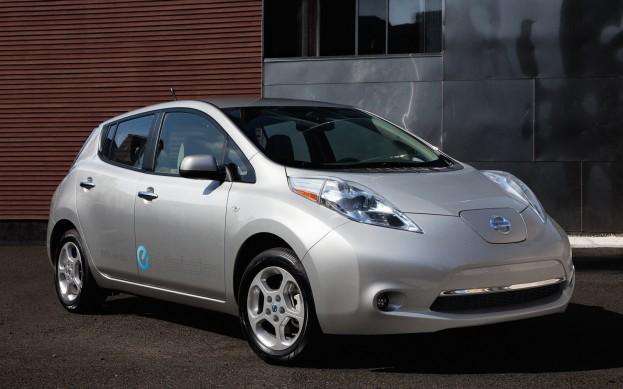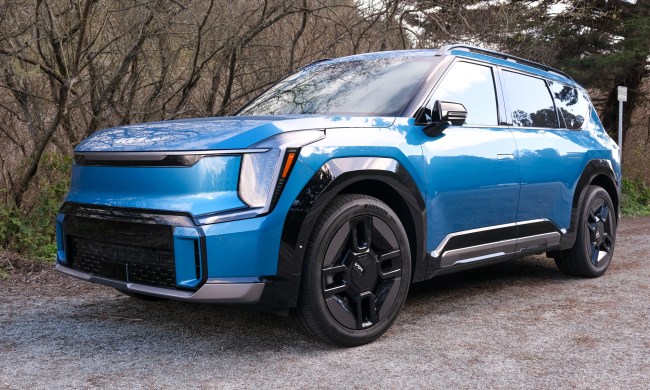 Nissan will makes some changes to its battery-powered Leaf hatchback to make it more appealing in the European market. The Japanese company will change the Leaf’s styling, improve its range, and build it in England to keep the price down.
Nissan will makes some changes to its battery-powered Leaf hatchback to make it more appealing in the European market. The Japanese company will change the Leaf’s styling, improve its range, and build it in England to keep the price down.
The Leaf, identical to the version sold in the United States, went on sale in Europe last year. Despite winning the 2011 European Car of the Year award, it has failed to attract many buyers. Nissan hopes to sell 20,000-25,000 Leafs in Europe this year, but so far it has only sold 1,733. Part of the problem is the Leaf’s price. In England, a Leaf costs 25,990 pounds, about $41,600, including a 5,000-pound government grant. In the U.S., a Leaf costs about $35,000, before government incentives.
Nissan hopes that shifting Euro-market Leaf production to the United Kingdom will lower its cost. The Leaf is currently built in Oppama Japan, but beginning next February, it will also be built at Nissan’s Sunderland, England plant. This will save money on logistics, eliminate import taxes, and lessen the influence of the strong yen. Colin Lawther, Nissan Europe’s vice president of engineering, told Automotive News that producing the Leaf in England should cut the price by a third. It will also reduce order times by six to eight weeks.
The entire car will be built at Sunderland, except for the electric motor. At some point, Nissan might build motors there as well. The company is also tooling up its New Smyrna, Tennessee plant to build Leafs for the U.S. market.
The Leaf will also get some mechanical and styling changes for the European market. Europeans critics disliked the Leaf’s styling, so the U.K.-built version will get a new face. “We’ll fine tune the car for the European customer from a design point of view,” Lawther said. Since much of the Leaf’s design is based on aerodynamic efficiency, it will be interesting to see just how significant the changes are.
Nissan will also increase the Leaf’s range from the current 160 kilometers (U.S. cars can go about 80 miles), although the company would not say how much further European drivers will be going. The car’s power delivery will also be retuned to make acceleration less jerky.
Changes are definitely needed if Nissan wants to sell 20,000 Leafs in Europe by the end of the year. Fuel is more expensive in Europe, but the average European car is more fuel-efficient than the average American one. Add in the extra cost of importing a Leaf to Europe, and the savings margin becomes much slimmer. Like the U.S., European countries also lack widespread charging stations for electric vehicles. As with any other car, producers of electric vehicles will have to consider the needs of individual markets if electricity is ever going to replace fossil fuels.


